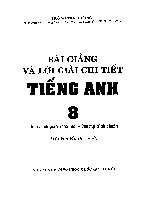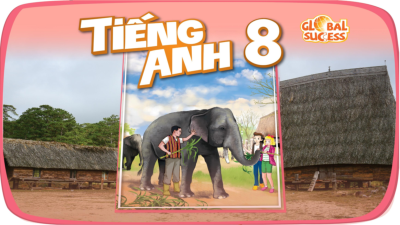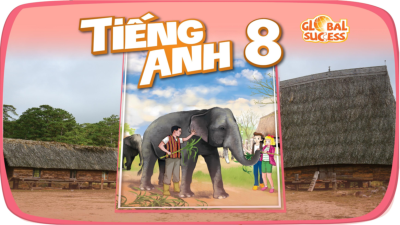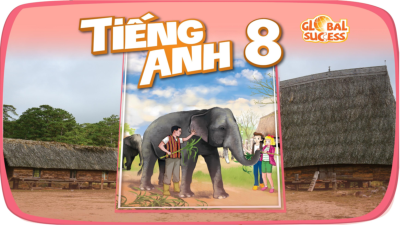

















Preview text:
Unit 6 LIFESTYLES LESSON 5: SKILLS 1 1 LESSON 5: SKILLS 1 WARM-UP Discuss the picture.
Task 1: Read the text and check your answers in the Warm-up part. READING
Task 2: Match the highlighted words in the text with their meanings. Vocabulary
Task 3: Read the text again and answer the questions.
Task 4: Work in pairs. Look at the pictures and use the cues to
talk about what people in some places do to maintain their traditional lifestyle. SPEAKING
Task 5: Work in pairs. Ask and answer about how people in your
area maintain their traditional lifestyle. You can use the ideas in 4 and the reading text in 1. Wrap-up CONSOLIDATION Homework WARM-UP
Work in groups. Look at the picture, and discuss what you know about Alaska. 1 - Location? - Climate? - Native people? - Language? - Cuisine? - Culture? READING maintain (v) /meɪnˈteɪn/ duy trì, gìn giữ READING experience (v) /ɪkˈspɪəriəns/ trải nghiệm READING style (n) /staɪl/ phong cách READING musher (n) /ˈmʌʃə/ người điều khiển xe trượt tuyết chó kéo READING New words Pronunciation Meaning 1. maintain (v) /meɪnˈteɪn/ duy trì, gìn giữ 2. experience (v) /ɪkˈspɪəriəns/ trải nghiệm 3. style (n) /staɪl/ phong cách người điều khiển xe 4. musher (n) /ˈmʌʃə/ trượt tuyết chó kéo READING
Match the highlighted words in the text with their meanings. 2 READING
Match the highlighted words in the text with their meanings. 2 READING
Read the text again and answer the questions. 3
1. What is the population of Alaska?
→ It is about 730,000 / 730 thousand.
2. Who have special styles of carving or weaving?
→ Various native groups have their own special styles of carving or weaving
3. Where can we find the culture of the native peoples in Alaska?
→ We can fnd it in their villages. READING
Read the text again and answer the questions. 3
4. How long is the Iditarod Trail Sled Dog Race?
→ It is 1,510 km (long).
5. Is the Iditarod Trail Sled Dog Race an international competition? → Yes, it is. SPEAKING
Work in pairs. Look at the pictures and use the cues to talk about what people in some places
4 do to maintain their traditional lifestyle. SPEAKING
Work in pairs. Ask and answer about how people in your area maintain their
5 traditional lifestyle. You can use the ideas in 4 and the reading text in 1. Example:
I live in Bat Trang, which is a pottery
village not far from Ha Noi centre. To
maintain the traditional lifestyle,
local people will make pottery and
paint on the ceramic statues. Then
they will sell those pottery products to tourists. CONSOLIDATION 1 Wrap-up
What have we learnt in this lesson? ✓ Read about Alaska
✓ Talk about how people in their area maintain traditional lifestyles CONSOLIDATION 2 Homework Students’ workbook.
Website: hoclieu.vn
Fanpage: facebook.com/www.tienganhglobalsuccess.vn/
Document Outline
- Slide 1
- Slide 2
- Slide 3
- Slide 4
- Slide 5
- Slide 6
- Slide 7
- Slide 8
- Slide 9
- Slide 10
- Slide 11
- Slide 12
- Slide 13
- Slide 14
- Slide 15
- Slide 16
- Slide 17
- Slide 18




